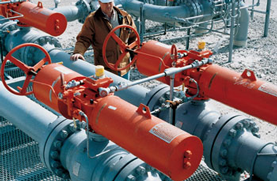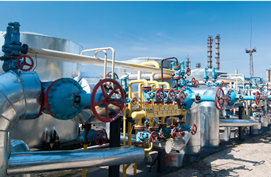The function of a pressure relief valve is to protect pressure vessels, piping systems, and other equipment from pressures exceeding their design pressure by more than a fixed predetermined amount.The aim of safety systems in processing plants is to prevent damage to equipment, avoid injury to personnel and to eliminate any risks of compromising the welfare of the community at large and the environment. Proper sizing, selection, manufacture, assembly, test, installation, and maintenance of a pressure relief valve are critical to obtaining maximum protection. The pressure relief valve must open at a predetermined set pressure, flow at rated capacity at a specified overpressure, and close when the system pressure has returned to a safe level. Pressure relief valves must be designed with materials compatible with many process fluids from simple air and water to the most corrosive media. These design parameters lead to the wide array of pressure relief valve products available in the market today.
Types of Pressure Relief Valves:
The standard design safety relief valve is spring loaded with an adjusting ring for obtaining the proper blowdown and is available with many optional accessories and design features. The bellows and balanced bellows design isolate the process fluid from the bonnet, the spring, the stem, and the stem bushing with a bellows element. Jacketed valve bodies are available for applications requiring steam or heat transfer mediums to maintain viscosity or prevent freezing. Pilot-operated valves are available with the set pressure and blowdown control located in a separate control pilot. This type of valve uses the line pressure through the control pilot to the piston in the main relief valve and thereby maintains a high degree of tightness, especially as the set pressure is being approached. Another feature of the pilot-operated valve is that it will permit a blowdown as low as 2 %. The disadvantage of this type of valve is its vulnerability to contamination from foreign matter in the fluid stream.

 Hot new
Hot new Hot new
Hot new Hot new
Hot new